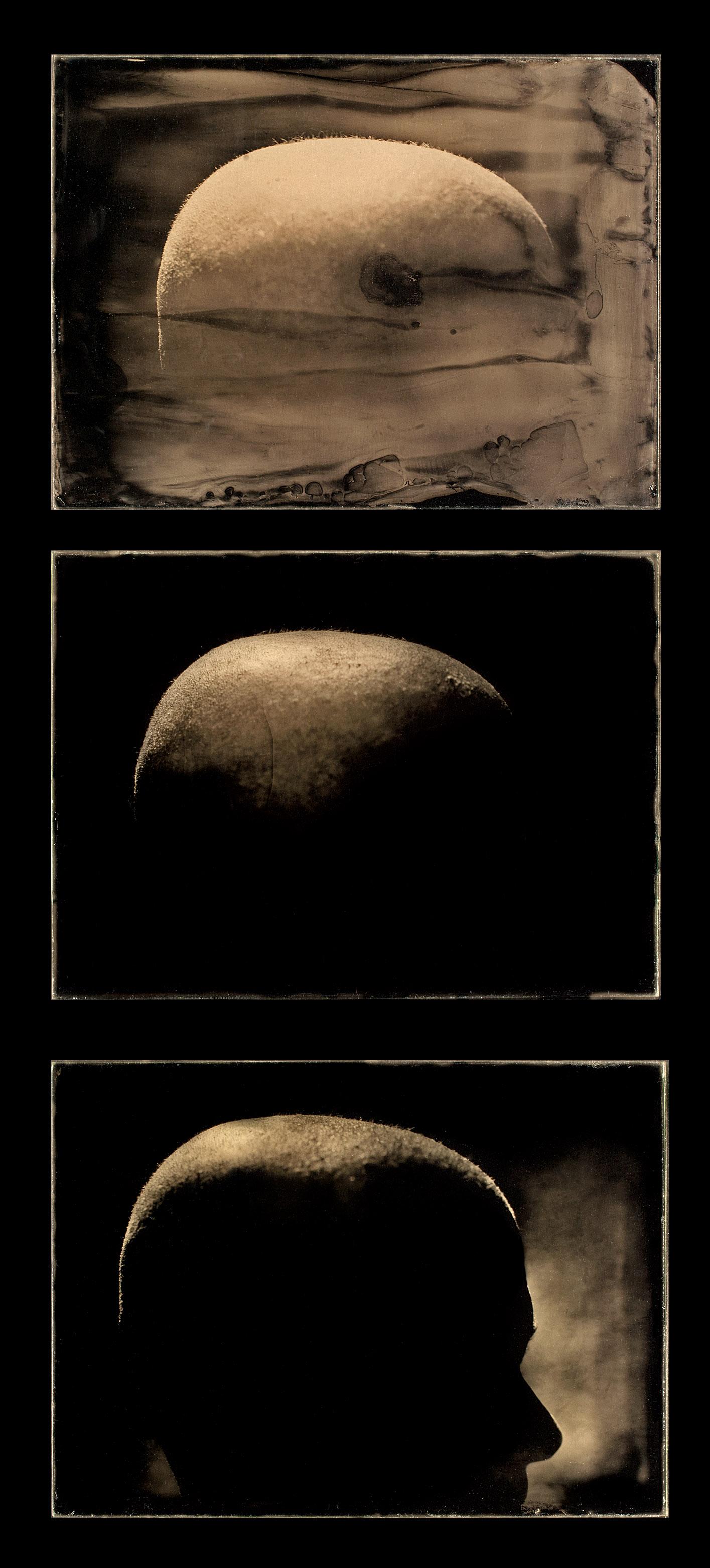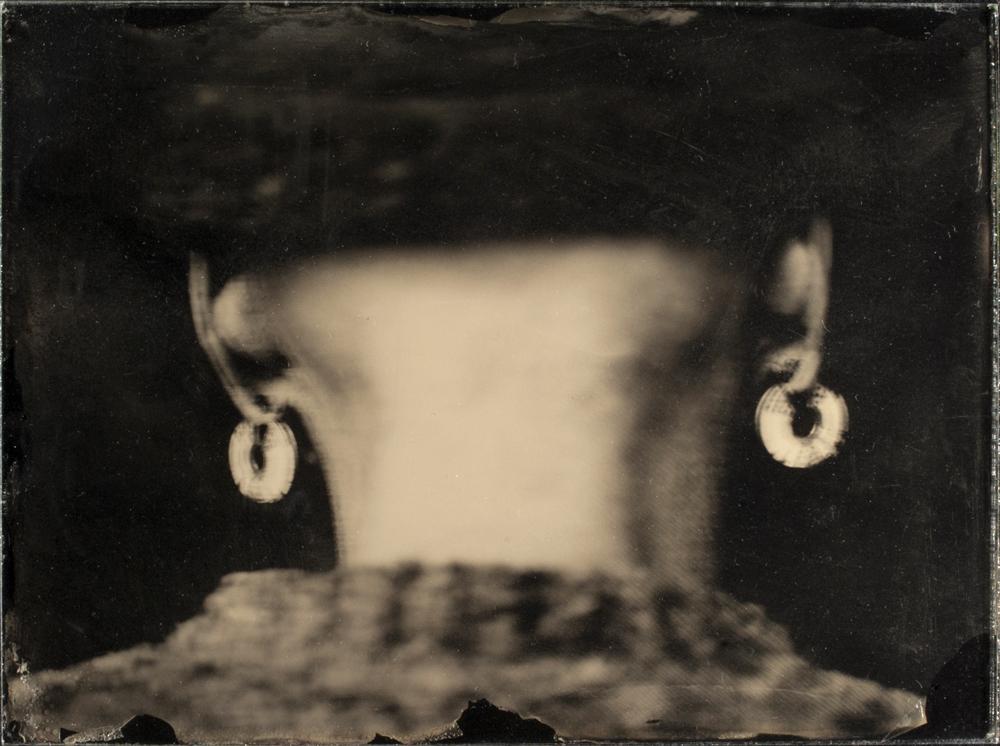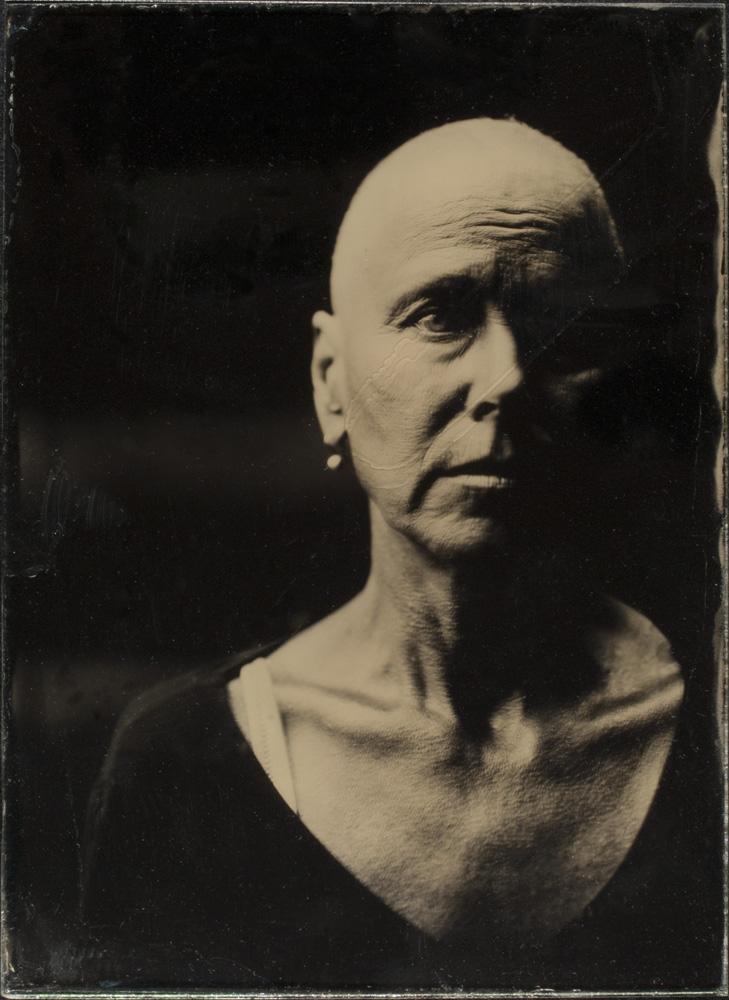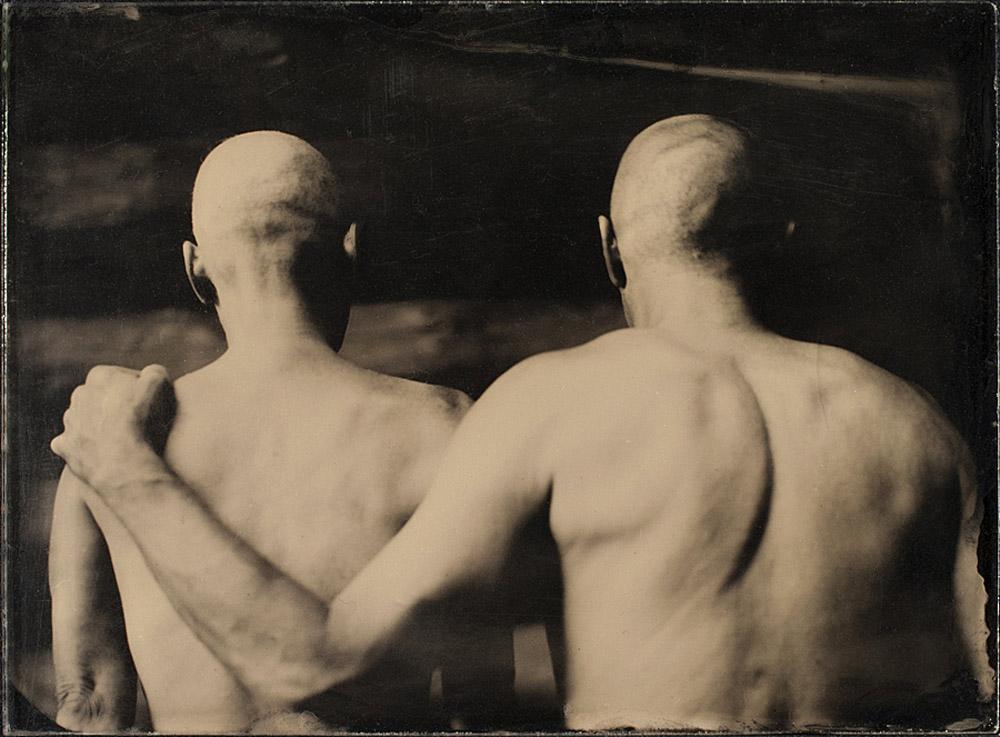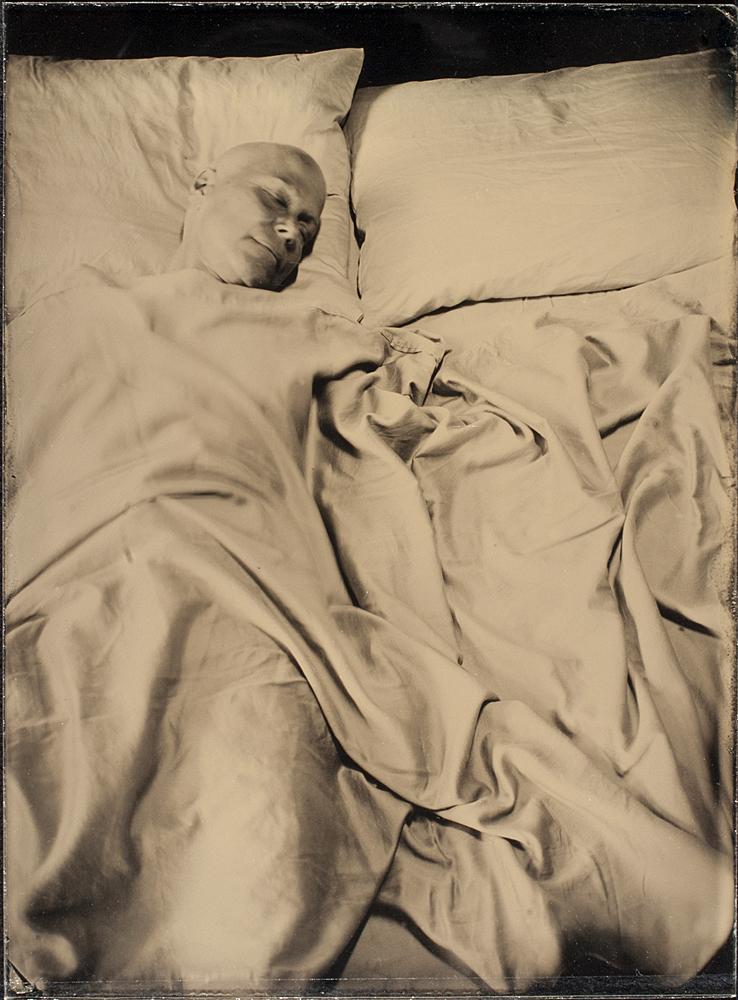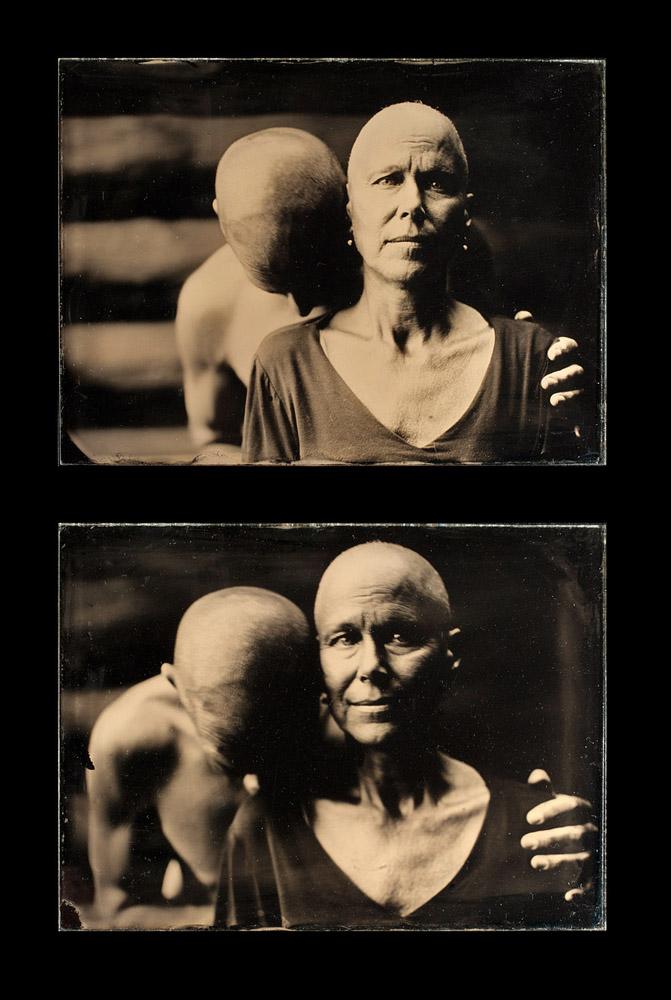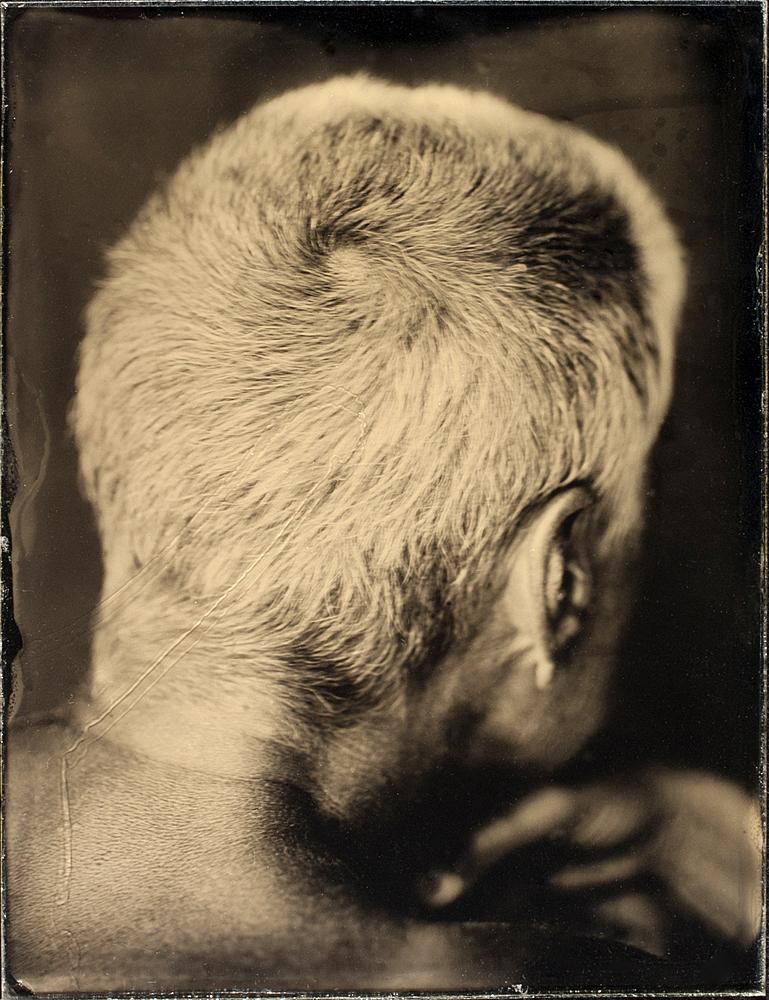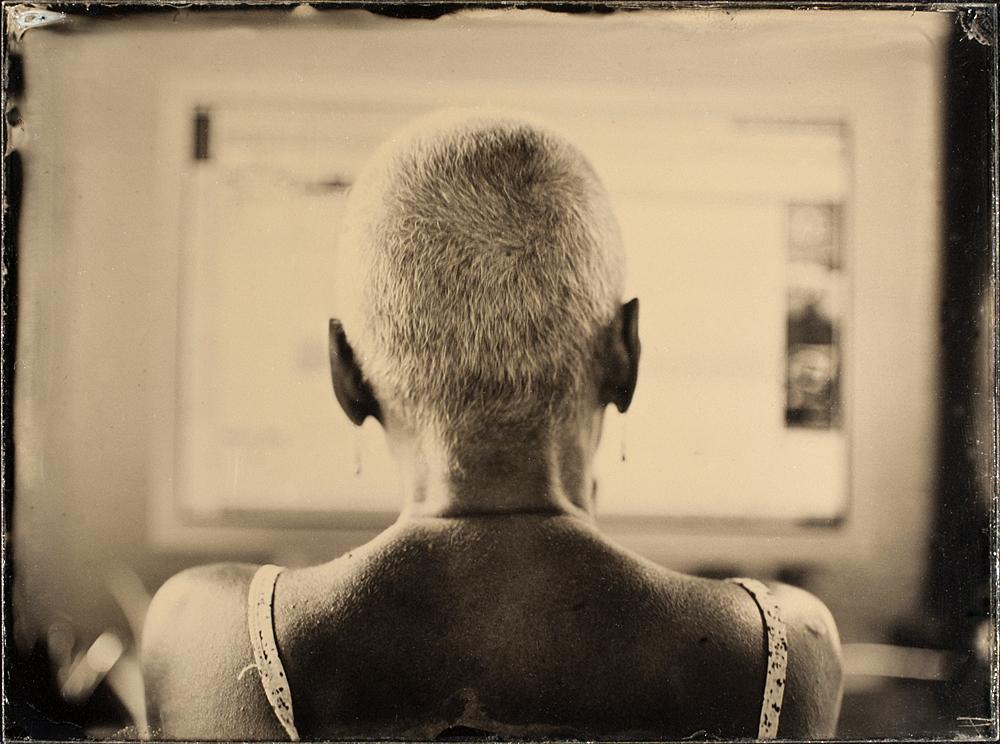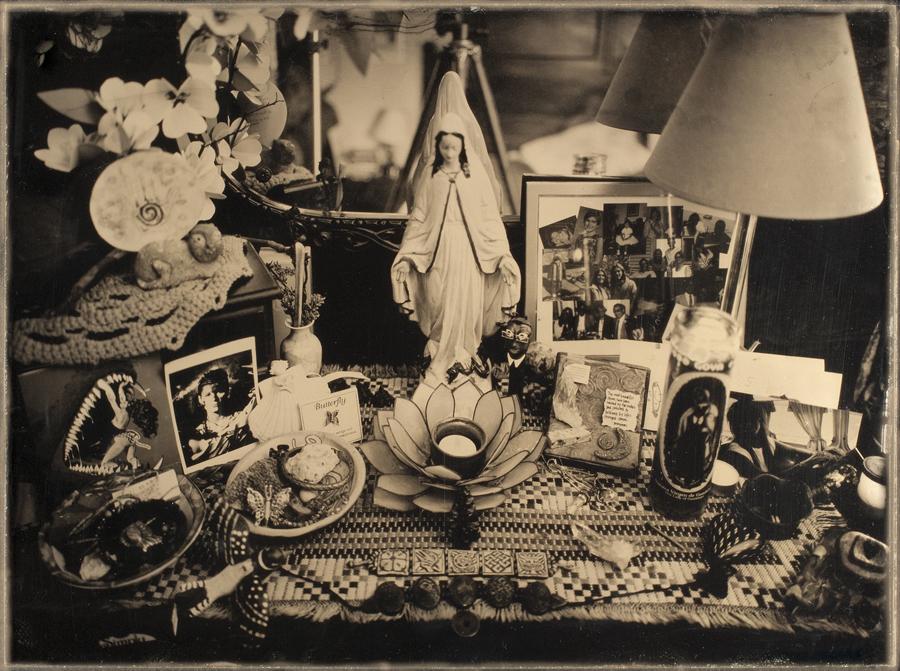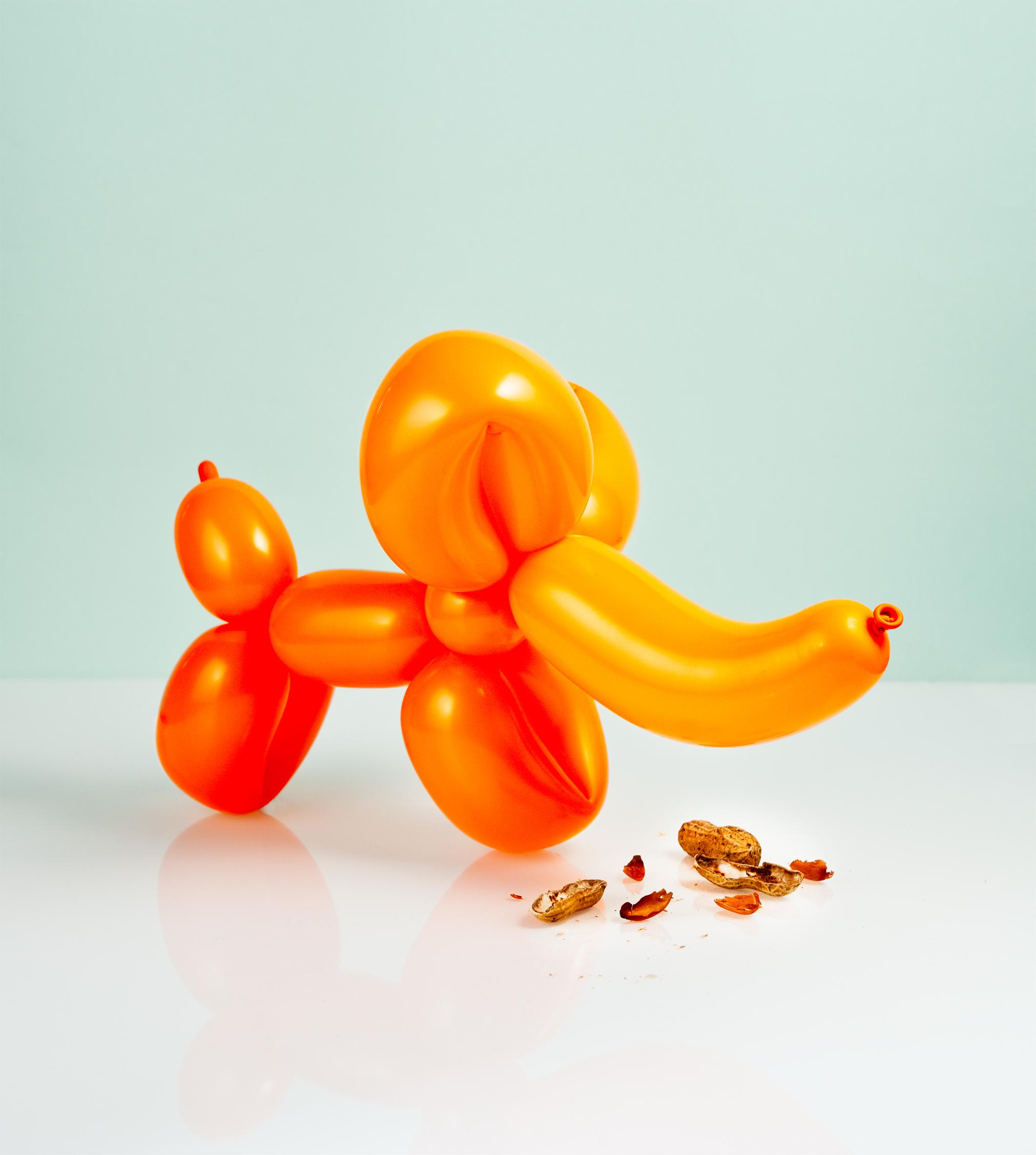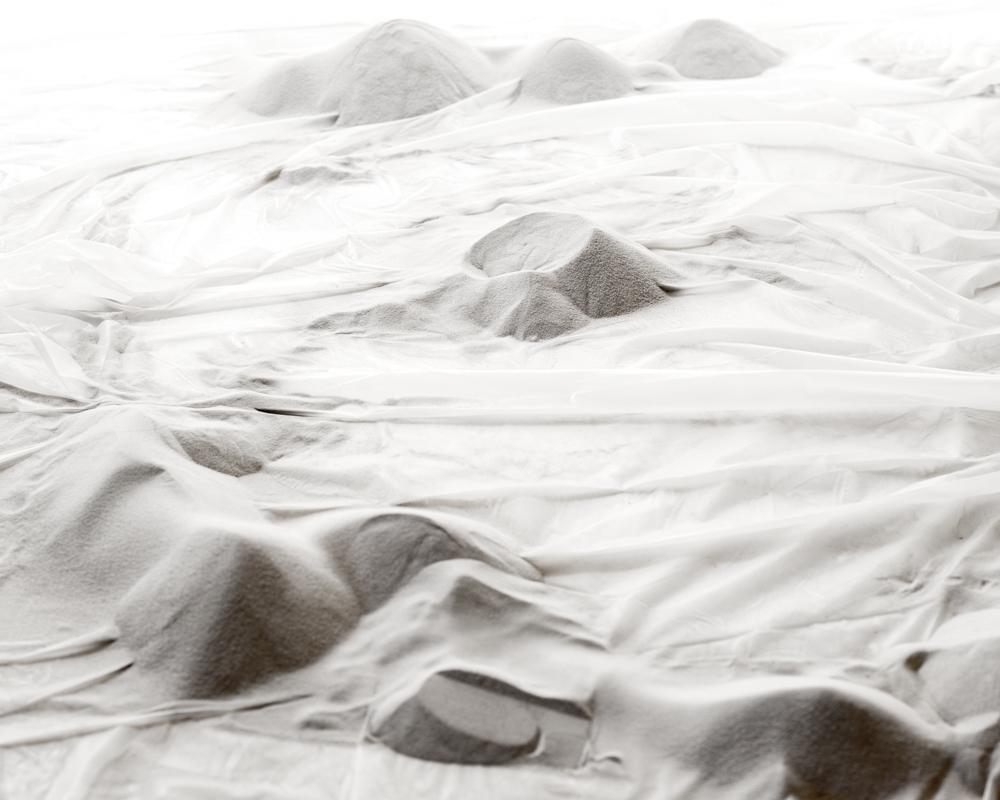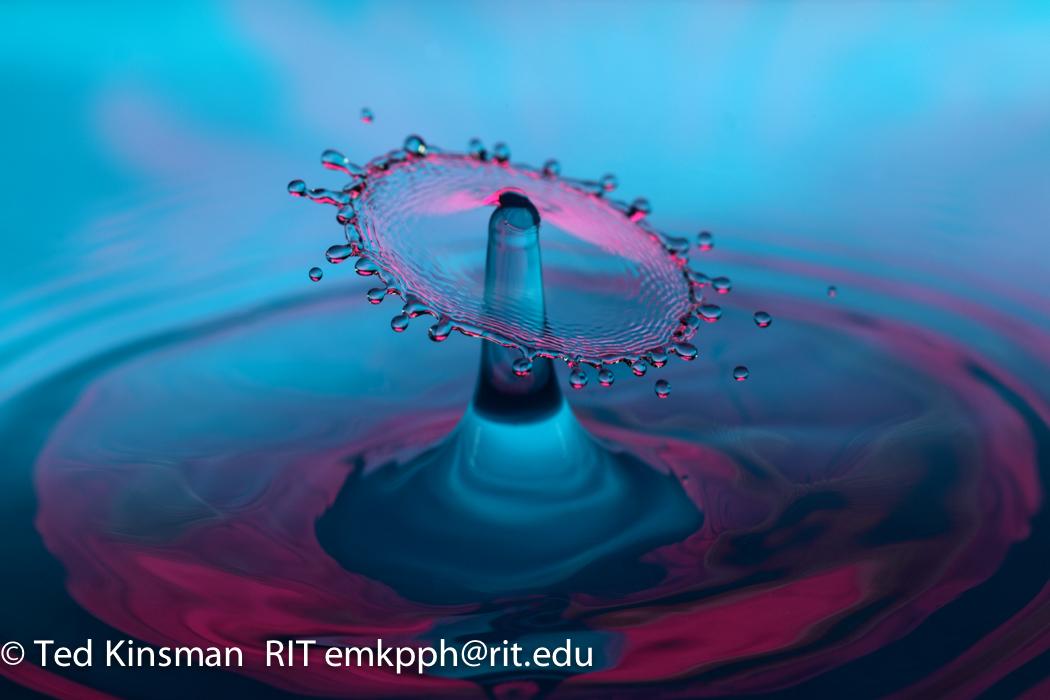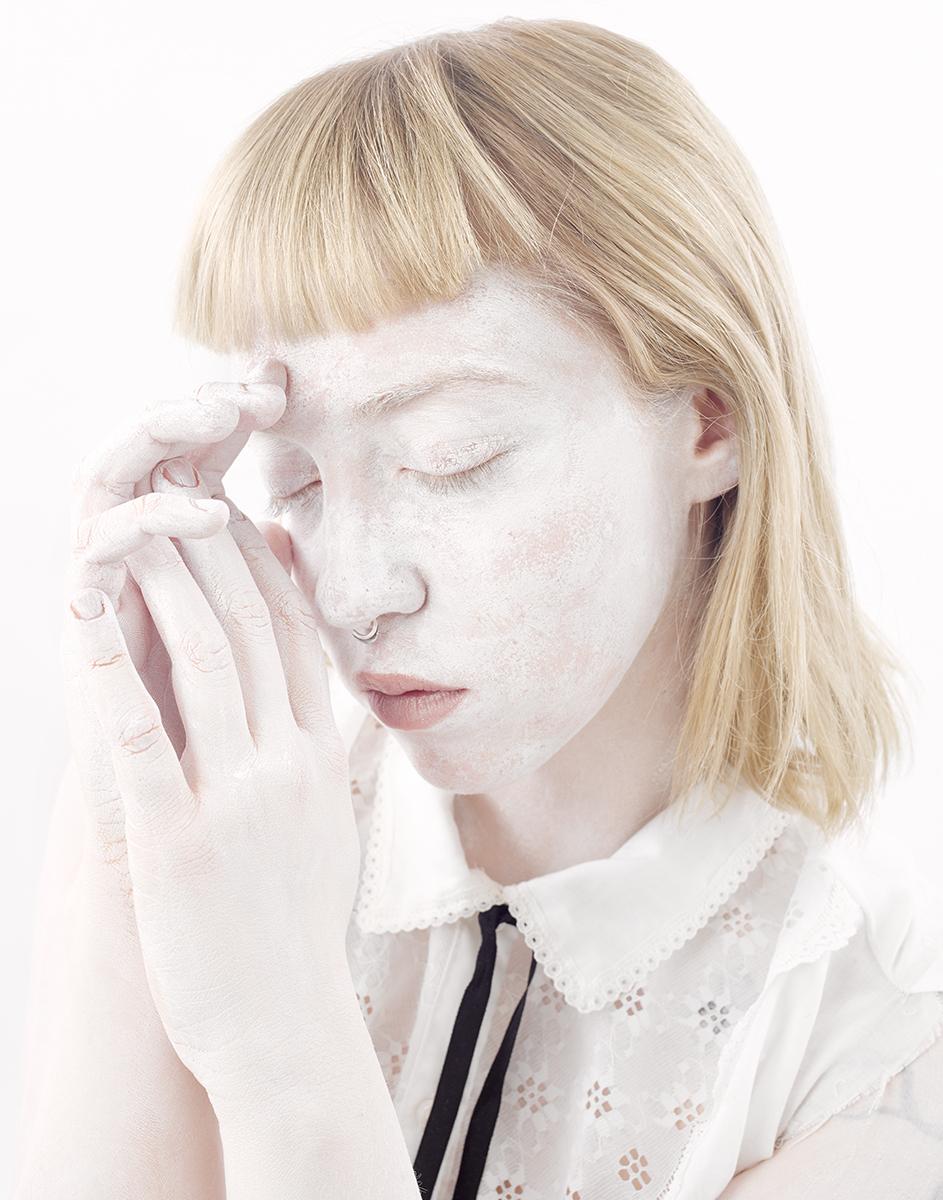ChemoToxic
Just six days after returning from a Fulbright in Croatia I drove my wife Michele to the emergency room due to stomach pains. A CAT scan revealed a grapefruit-sized tumor on her left ovary. She underwent emergency surgery the next day.
With the realization that she had cancer our lives changed in an instant. There was no way to make sense of the diagnosis, as she is one of the healthiest persons I have ever met. On that memorable day (February 14, 2010) I found myself unable to make sense of it and quickly realized that I needed to look forward and not try to reason why.
I am always photographing and recording the details of my life. I have been doing this for almost 4 decades. It is second nature to me. When this happened it was the first time in my life that I was unable to record the events around me, as I just wanted it to go away. I wanted no record. I froze. It wasn’t until after the hopeful pathology report that I was able to begin to consider documenting as we began to rebuild our lives.
Learning this photographic technique became my “therapy” while coping with the changes we faced. A parallel process occurred. I was learning about cancer while learning about the Wet Plate Collodion Process. An amazing metaphor evolved as I realized that the quality of the work improved as Michele’s health improved.
She began Chemotherapy on March 30th. I spent the spring of 2010 caretaking Michele and making images. I was learning how to use this complicated and sometimes frustrating photochemical process, as she underwent her own ‘chemical process’ of Taxol and Carboplatin. Chemo toxic is the term used to describe the impact of chemotherapy on the body, specifically 48-72 hours after getting dosed. Toxic waste products are present in body (urine, stool, saliva, secretions). The patient is told not to exchange body fluids with others, nor let children or pets play near the patient’s toilet. When I heard this term, it kept resounding in my head. In essence, the body is being poisoned with the intention of killing the fast-growing cancer cells.
The Collodion Process is an antiquated technique developed in the 1850s. The chemicals used include silver nitrate, nitric acid, cadmium bromide, grain alcohol, lavender oil, and potassium cyanide among others. The result is a one-of-a-kind image printed on a glass plate known as an Ambrotype. I believe the images reflect fear, hope, hard work, beauty and transformation.
